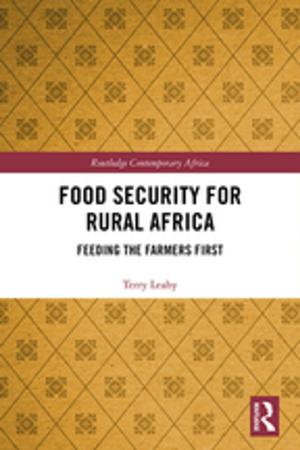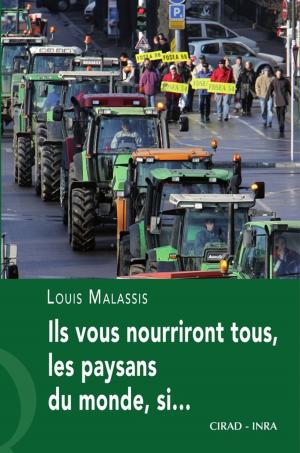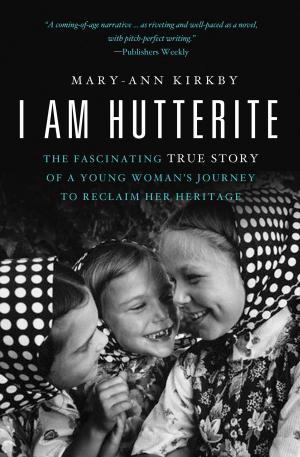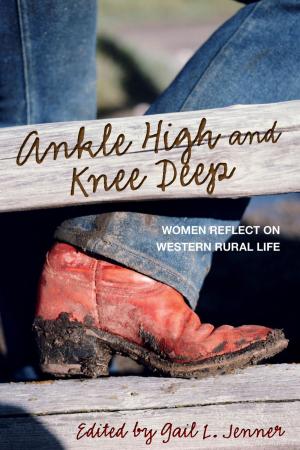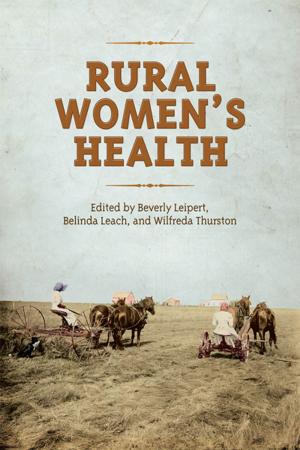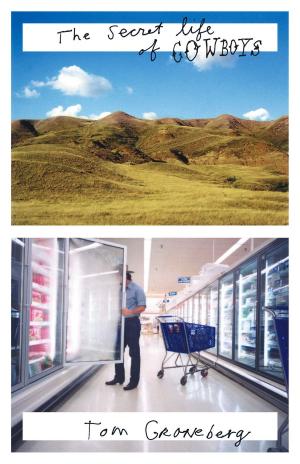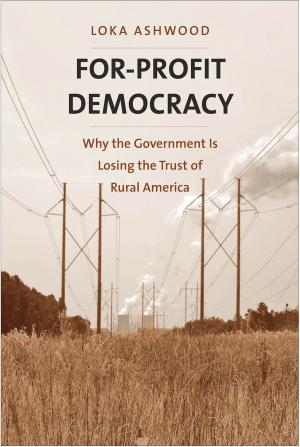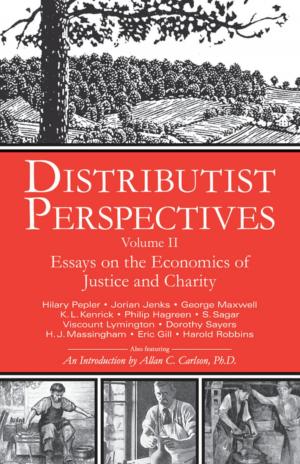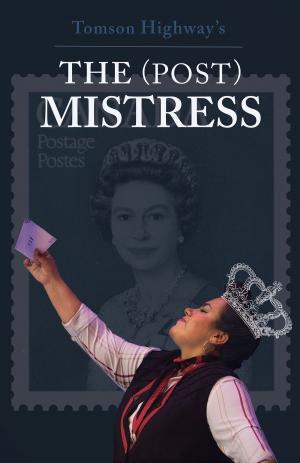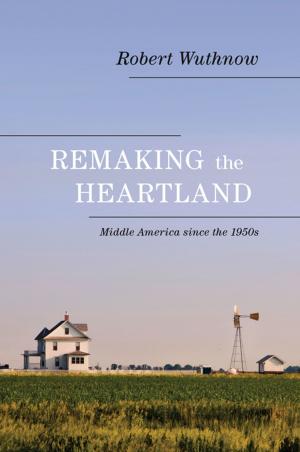Cream Money
Stories of Prairie People
Nonfiction, Social & Cultural Studies, Social Science, Sociology, Rural| Author: | Deana J. Driver | ISBN: | 9781927570203 |
| Publisher: | Driverworks Ink | Publication: | May 14, 2015 |
| Imprint: | Language: | English |
| Author: | Deana J. Driver |
| ISBN: | 9781927570203 |
| Publisher: | Driverworks Ink |
| Publication: | May 14, 2015 |
| Imprint: | |
| Language: | English |
Selling milk and cream was an integral way of life on the Canadian Prairies in the early to mid-1900s. On many farms, the women were in charge of milking the cows, separating the cream from the milk, and selling that cream to neighbours and townspeople. The extra money earned was used to subsidize the family’s income, especially in years of poor crops. Cream money helped purchase groceries, fabric, farm supplies, and other items that could not be produced on the farm. While children cherished the occasional candy treat purchased with cream cheque money, everyone in the family enjoyed the everyday bounty of delicious foods cooked with homemade butter or slathered with rich, whipped cream. Cream Money honours this bygone era of Prairie farming, celebrating the work of farm families through true stories and poems of how cream money was earned and spent.
Selling milk and cream was an integral way of life on the Canadian Prairies in the early to mid-1900s. On many farms, the women were in charge of milking the cows, separating the cream from the milk, and selling that cream to neighbours and townspeople. The extra money earned was used to subsidize the family’s income, especially in years of poor crops. Cream money helped purchase groceries, fabric, farm supplies, and other items that could not be produced on the farm. While children cherished the occasional candy treat purchased with cream cheque money, everyone in the family enjoyed the everyday bounty of delicious foods cooked with homemade butter or slathered with rich, whipped cream. Cream Money honours this bygone era of Prairie farming, celebrating the work of farm families through true stories and poems of how cream money was earned and spent.

